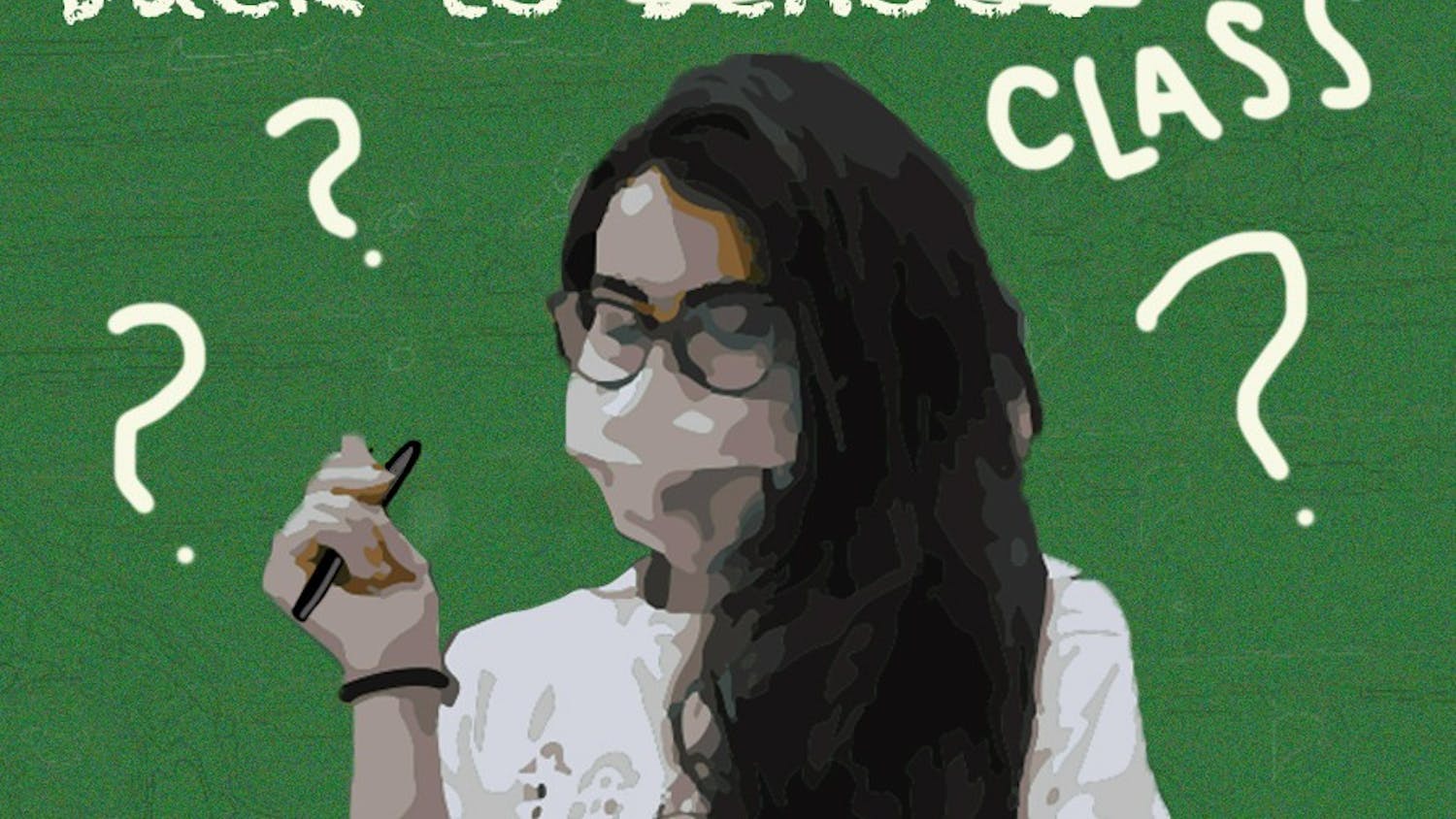On Feb. 5, the College released its spring term course timetable, revealing that 10 undergraduate courses will have at least one in-person section — up slightly from the eight classes taught on campus in the winter term.
Of the 741 fully remote undergraduate course sections offered this spring, excluding individualized study courses, 710 will be offered with synchronous components, while 31 will be entirely asynchronous. Sixteen courses will be offered in a remote format with on-campus components.
According to Eric Parsons, the interim registrar for academic policy and operations, faculty members are “free to teach their courses in the modality they feel is best.” The only requirement for in-person teaching, he added, is that each course should have at least one section in which remote students can participate.
Spanish and writing professor Douglas Moody is one faculty member who has worked to incorporate in-person opportunities into his courses.
For four years, Moody has co-taught LATS 37, “Migrant Lives and Labor in the Upper Valley: Latinx Studies for Community Engagement.” In previous years, the class would travel regularly to dairy farms in the Upper Valley and teach English classes to the migrant workers. When the pandemic struck, the course moved to an online format, and students would use Zoom and WhatsApp to connect with the farmworkers. This spring, Moody will teach the course again, but with one in-person section that will spend part of its time at the Dartmouth Organic Farm.
This year, Moody said, the class will create a mural at the Dartmouth Organic Farm, made possible in part by a grant from the Dartmouth Center for the Advancement of Learning and partnerships with both the Organic Farm and the Sustainability Office. He added that he hopes the students will be able to interact with local farmworkers while at the Organic Farm.
“This is an opportunity to have something lasting,” Moody said.
Music professor Fillippo Ciabatti, meanwhile, has taken an innovative approach to hybrid teaching with his spring course MUS 52.03, “The Art of Conducting.” According to Ciabatti, he plans to sit at a piano on stage and use a camera to allow all of his students, both present and remote, to perform for each other.
“[This format is] slightly more complicated than a regular class, but it’s also exciting,” he said. “It is very important that we find a way for each student to see each other’s work clearly and have a chance to learn from them.”
In the fall, Ciabatti said that his class was able to use the College’s tents to make music together. It was “a joy,” he said, considering that “the nature of what we do as musicians implies and means being together in person.”
Religion professor Gil Raz, who is teaching REL 20.02, “What is Religion?” in person this term in the Life Sciences Center said that he felt compelled to teach in person particularly to give freshmen a chance to experience a classroom. Many of his students, he added, have told him that they miss social interaction.
One of Raz’s colleagues, religion professor Emily Simpson, is teaching an in-person section of REL 19.29, “Women and Religion in Japan,” in Moore Hall this winter.
For Simpson, the ability to return to the classroom felt “nice” to her. At the same time, she said that teaching in-person classes requires “extra planning,” especially because each class must also have a remote section. She added that it has sometimes been unclear what determines whether or not the format of a class ensures equity between its remote and in-person sections.
However, Simpson said that the Dartmouth Center for Advancement of Learning has been “instrumental” in helping professors create an equitable format for hybrid classes.
Some students who have taken in-person classes have found them to be more engaging than remote classes. Lukas Hoffman ’23, who is taking the in-person section of history professor Edward Miller’s HIST 26, “The Vietnam War,” said that while he found it “strange” to return to an in-person class after almost a year taking remote classes, he now feels a sense of “normalcy” he didn’t previously feel.
“Having an in-person class, and having an in-person space to talk to people and having this sense of normalcy that's been gone for a long time — it makes me feel like I am actually back here,” Hoffman said. “You don't really feel as connected when you're on Zoom.”
Despite overall successes, Hoffman noted that the distanced setup of his class, with the desks far apart, can make it hard to hear people.
“Some people are pretty close and it's easy [to hear], and then there's always one person who’s really far away,” he said.
Additionally, Elwyn Zhang ’21, who is also enrolled in HIST 26, said that while he enjoys in-person class, he was no longer accustomed to getting ready to go to class each day.
“What actually messed with me most was that I'm used to getting ready to go to class anymore,” he said. “I can't just roll out of bed five minutes before class starts and then make my bed so it doesn't look like a mess in the camera and then show up.”
Zhang also noted that he felt it was “easier” to approach his professor in person than over Zoom. He added that unlike remote classes, in-person classes feel like they have a different “environment” to them.
“Being in a space that's built for learning as opposed to living is really important for me,” Zhang said.




